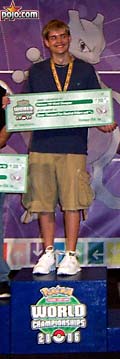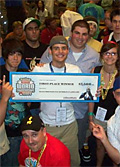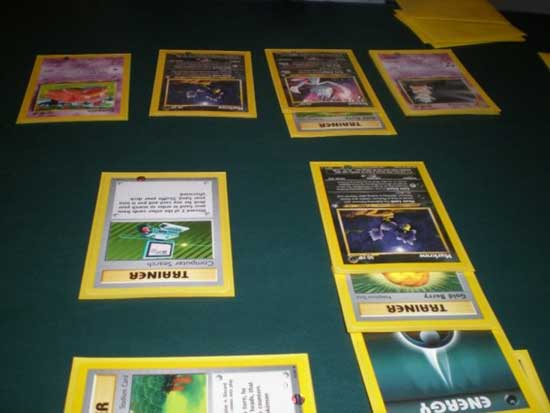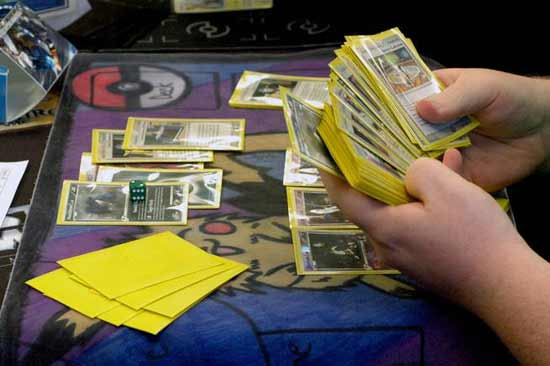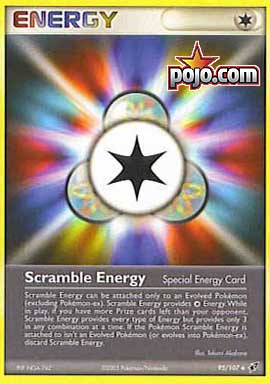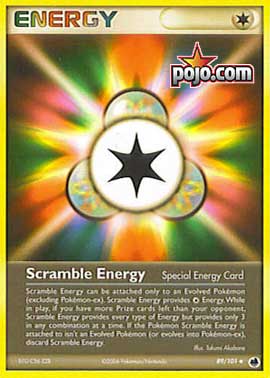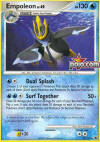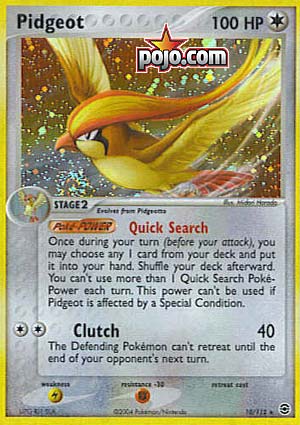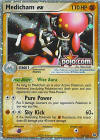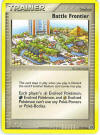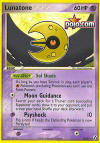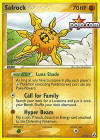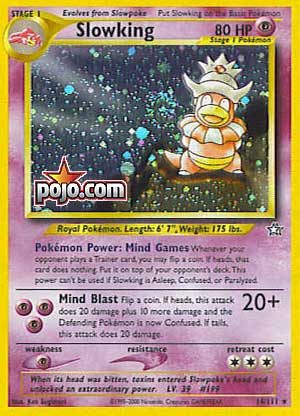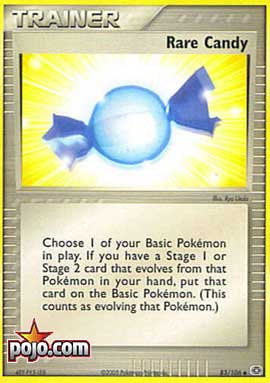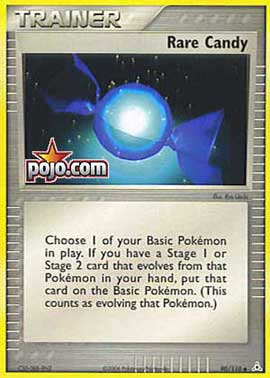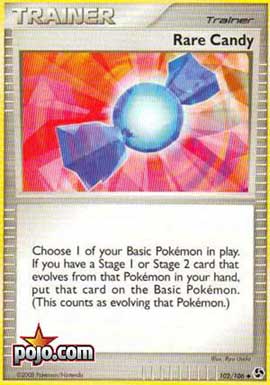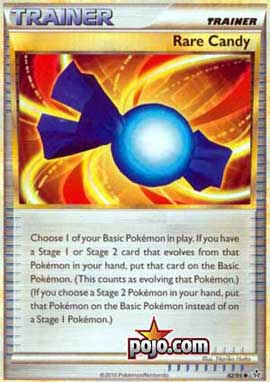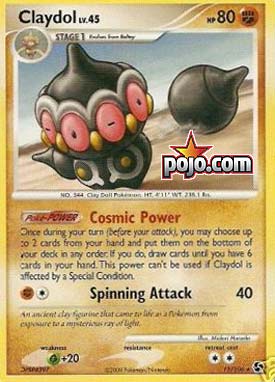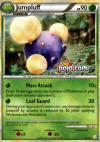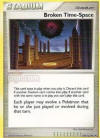|
|
|||||
| Pojo's Pokemon news, tips, strategies and more! | |||||
|
|
|||||
 |
|||||
|
|
|||||
|
Pokemon Home
Magic
|
Ness's Nest
The Top 50 Pokémon Cards
Below I've ranked what I believe are the Top 50 Pokemon
cards of all time. Now, you're probably wondering, how did I
determine which cards were better than others? Well, for
each card, I considered three different things:
#1 The Strength of the card
Self-explanatory. How good was the card? Did it win games?
Was it easy to counter?
Over the card's lifespan, how long was this card good? Some
cards were legal for more years than others, so I don't
consider a card that was good all four years it was legal
much better than a card that was equally good for the two
years it was legal. Instead, I try to look at it by
averaging its strength over its lifespan, but weighed
slightly in favor of ranking the card in its prime.
#3 Versatility of the card
Cards that can be played in more decks are better cards.
That's why you'll see a lot of trainers at the top of this
list: these cards weren't just good, but they were used to
win games in a variety of decks. You'll also see Pokemon
that are used for Poke-Powers higher than a lot of Pokemon
that require a specific type of energy.
Another way to interpret versatility was if a card was
playable in both Standard and Modified. I gave a small bonus
to cards that were good in both formats.
Not familiar with Standard and Modified?
Standard is the first tournament format used in the Pokemon
TCG. It allowed players to use all Pokemon cards. While it
technically still exists today (called "unlimited"), the
last legitimate tournament for it was held in 2002, so
anything from the first three sets (Base, Jungle & Fossil)
rotated out in 2002, as far as me, common sense and this
article are concerned.
The second format, called Modified, began in 2001. The first
modified format allowed cards only from the Team Rocket, Gym
Heroes, Gym Challenge and Neo: Genesis expansions. In the
modified format, the oldest four or five sets rotate out at
the end of each year, or "season." This keeps the game
interesting and also makes access to tournament-legal cards
easier for new players. Modified is the official format of
all sanctioned Pokemon TCG tournaments today, and the annual
Pokemon TCG World Championships.
Overall, I spent over 16 hours re-arranging and moving cards
off & on this list. After all, ranking cards isn't a perfect
science. For those of you that are long time players of the
Pokemon TCG, you will be taking a trip down Pokemon memory
lane. And for the rest of you who never really played
competitively, I'm sure you'll still get a kick seeing which
cards had the biggest impacts on the game.
#10 Scramble Energy (Deoxys,
Dragon Frontiers)
Formats legal: Modified (2005-2007)
Three energy of any energy allowed evolution decks to easily
recover against speedy starts that put them down in prizes.
Some cards (like Empoleon) would try to damage several
Pokemon without taking prize cards, so that they could use
Scramble Energy to its fullest potential while remaining in
good shape. This card was so powerful that decks often ended
up in stalemate situations where the first player to take a
knockout would walk into a Scramble Energy and be at a
disadvantage.
----------------------------
#9 Pidgeot (Fire
Red/Leaf Green)
Formats legal: Modified (2005-2006)
In 2005 and 2006 your deck needed to do one of two things to
win: run Pidgeot, or run something to turn off it's
Poke-Power, such as Medicham ex, Battle Frontier, or
Lunatone & Solrock. Most games between good players playing
Pidgeot came down to who got Pidgeot out first. The
advantage of getting any card from your deck each turn is
huge. It not only boosted every deck's consistency, but
protected you from hand disruption, and gave you access to
single copies of cards in your deck which would otherwise be
difficult to draw into.
-----------------------------
#8 Slowking (Neo:
Genesis)
Formats legal: Standard (2000-2002), Modified (2001-2002),
Banned in Modified (2003)
A mistranslation turned a completely unplayable card into an
absolutely broken card that was eventually banned from
modified. Slowking's Mind Games Poke-Power only works when
Slowking is active. That is unless someone from the
translation department makes a mistake and allows it to work
from the bench. Oh, and stack. Yep, two Slowkings
means you were flipping two coins anytime your opponent
played a trainer. Three Slowkings meant three, and you can
guess what four Slowkings meant. With most decks at the time
running about 30 trainers, calling Slowking overpowered
would be an understatement.
#7 Rare Candy (Sandstorm,
Holon Phantoms, Great Encounters, Unleashed)
Formats legal: Modified (2004-)
Stage 2 Pokemon were rarely playable in Pokemon until this
card was printed. Not only does Rare Candy allow you to skip
the Stage 1 stage, it also lets you evolve a Pokemon the
first turn you play it. Since its release, decks based
around Stage Two Pokemon aren't just playable, they're often
fast.
---------------
#6 Claydol (Great
Encounters)
Formats legal: Modified (2008-2010)
Claydol made just about every deck in modified consistent.
Then, after Broken Time Space premiered it turned Stage 2
decks (like Jumpluff) into not only consistent, but fast
powerhouses that could go off on turn one and two.
|
||||
|
CopyrightŠ 1998-2010 pojo.com This site is not sponsored, endorsed, or otherwise affiliated with any of the companies or products featured on this site. This is not an Official Site. |
|||||

